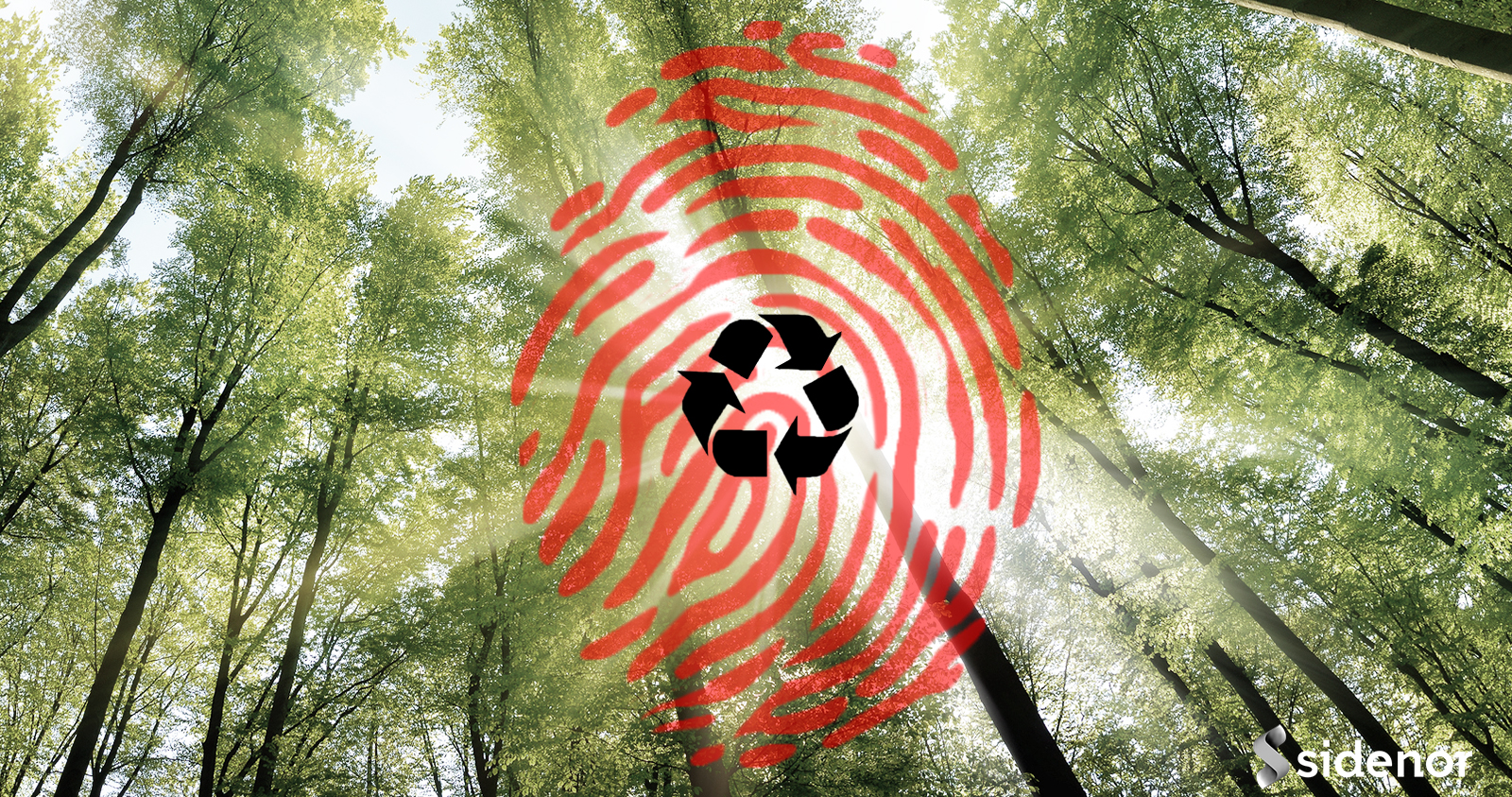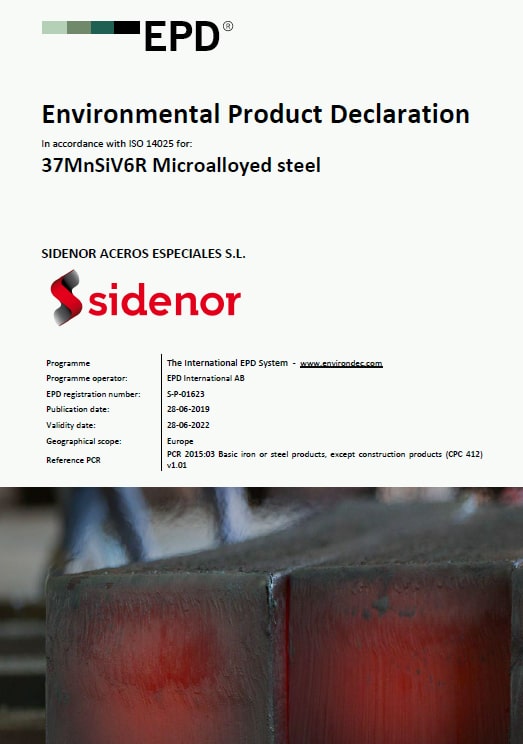
After three years of work, Sidenor is able to calculate the environmental footprint of over 400 steel families
Sidenor has been the first company in Spain to certify a management system to develop and verify the environmental declarations of its products by means of its own tool to calculate the environmental footprint of its products; this tool has been checked by Tecnalia Certificación and Enac on the basis of ISO 14025, according to the International EPD System requirements.
Sidenor started this project in 2016, with the aim of developing a tool to calculate the environmental footprint of over 400 steel families as well as drafting and verifying the Environmental Product Declarations for each of them. And after three years of work, which involved the participation of an internal multidisciplinary group and the collaboration of the consulting firms IK Ingeniería and Lavola, Sidenor has extended the traditional concept of environmental assessment of factory behaviour to its products, applying a life cycle approach (LCA). In this manner, Sidenor products include detailed information on the environmental impact of their life cycle.
Thus, Sidenor evaluates the environmental profile of its steel products from a life cycle perspective. For this purpose, the company assesses five environmental impact categories, among which global warming potential, widely known as carbon footprint, as well as 12 indicators related to resource consumption and waste generation, which can be communicated to its customers and concerned stakeholders by means of verified environmental product declarations.
In 2015, the European Union adopted a plan in order to contribute to the transition towards circular economy, a model in which the value of products, materials and resources is maintained for as long as possible thanks to their recirculation by means of recycling, reuse and remanufacture. The most important of these measures are the strategies aimed at reducing the environmental footprint of the products, that is, the environmental impact they generate throughout their life cycle: from the extraction of raw materials from nature to the disposal of the product when it reaches the end of its shelf life, through the intermediate transformation and production processes as well as use stage. For this purpose, ecodesign and product environmental impact assessment play a key role.


